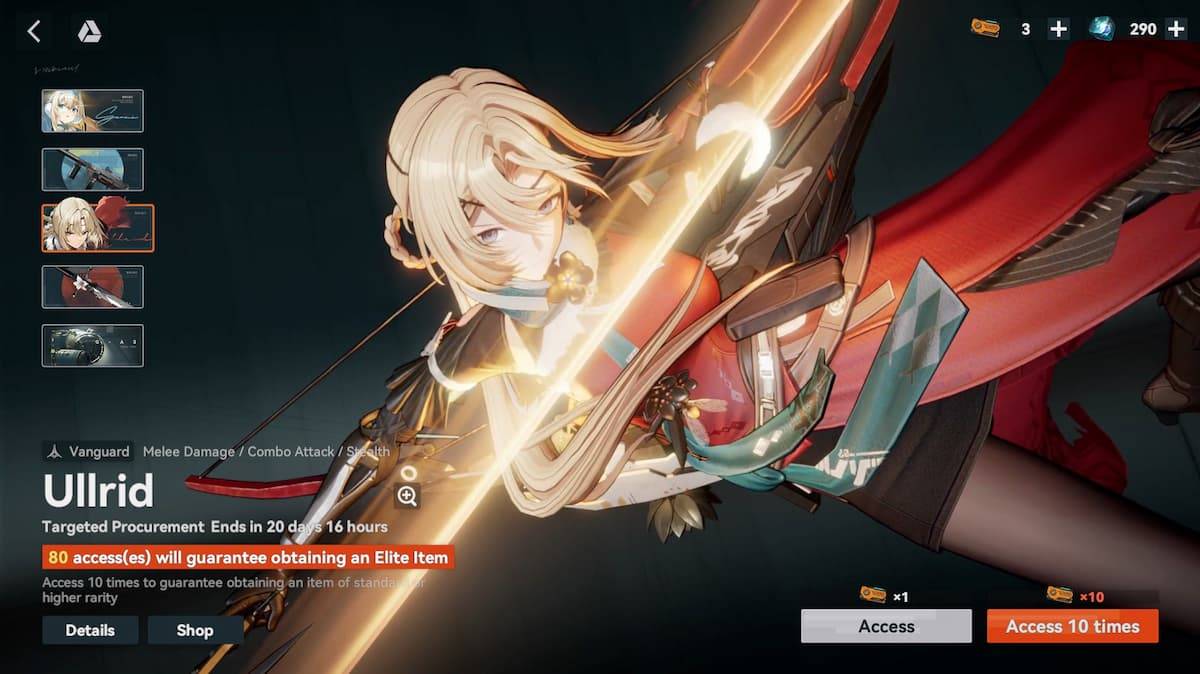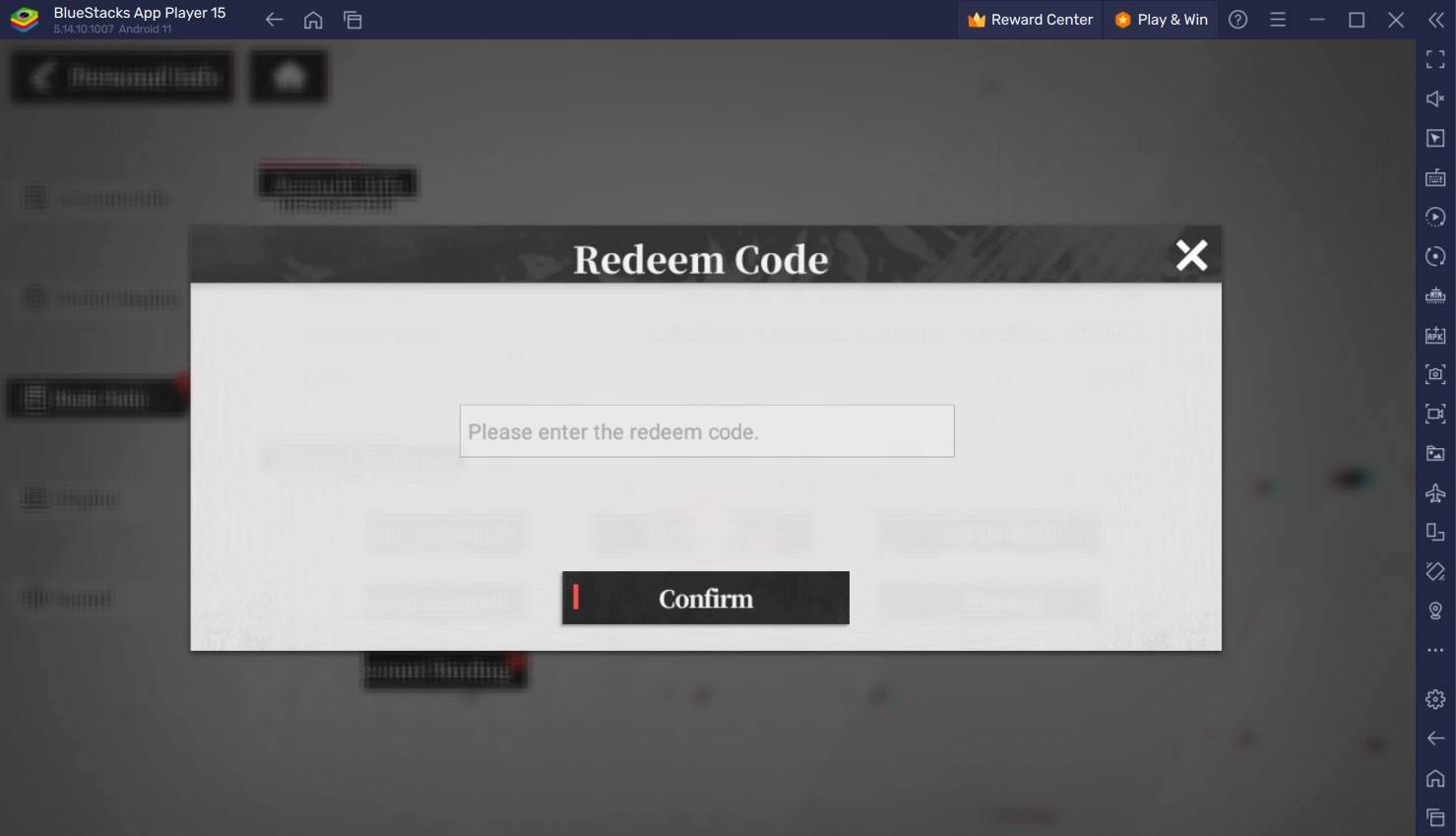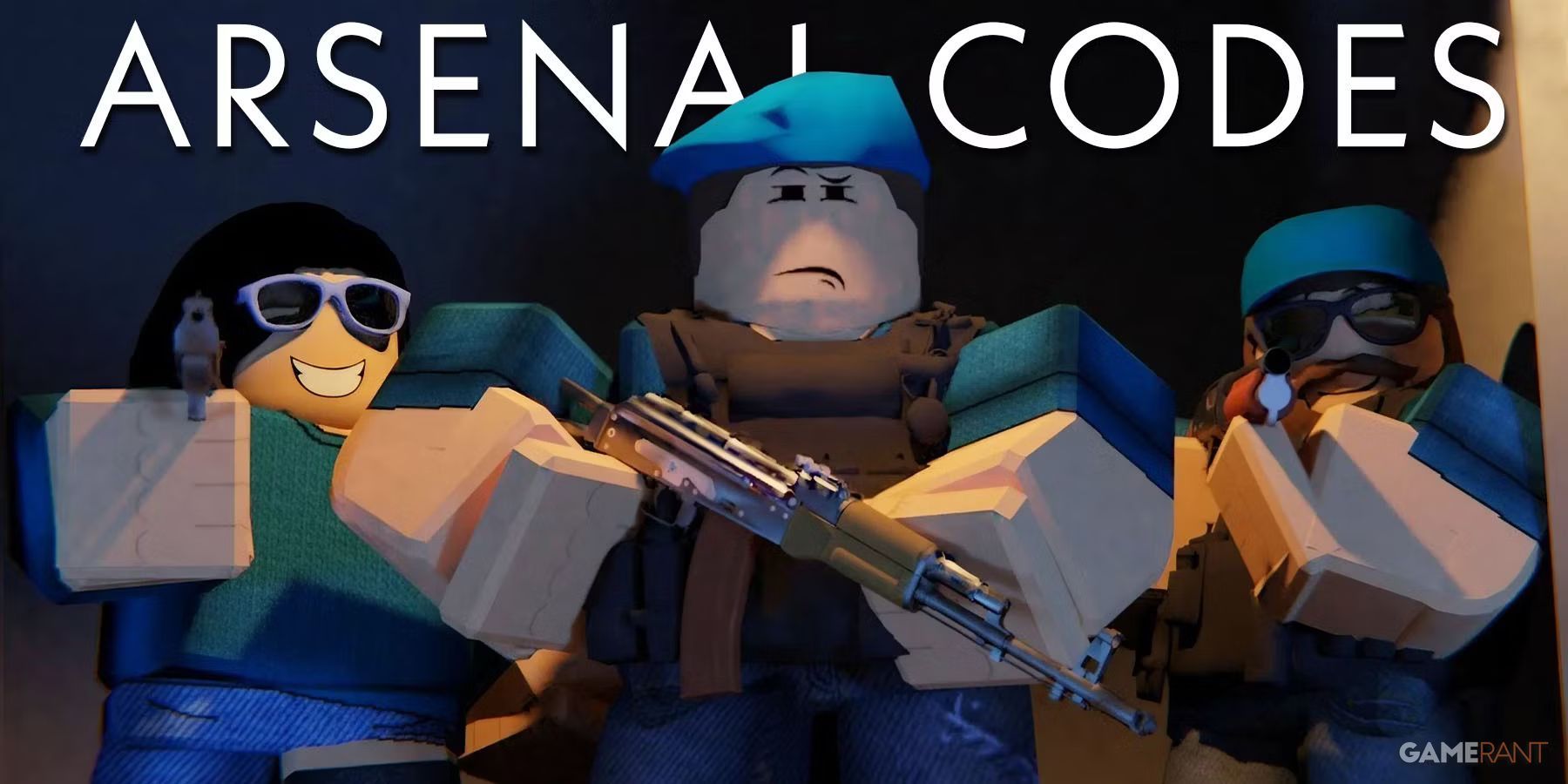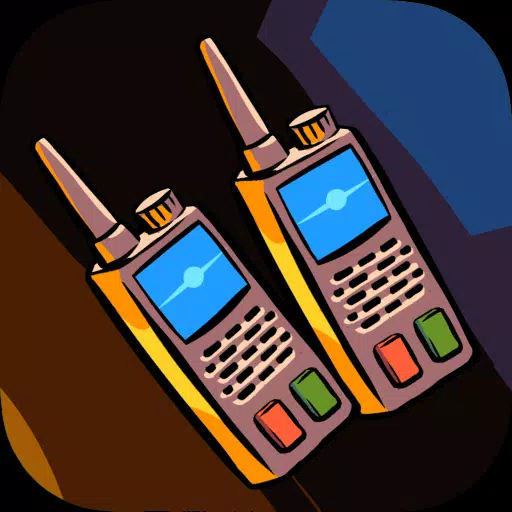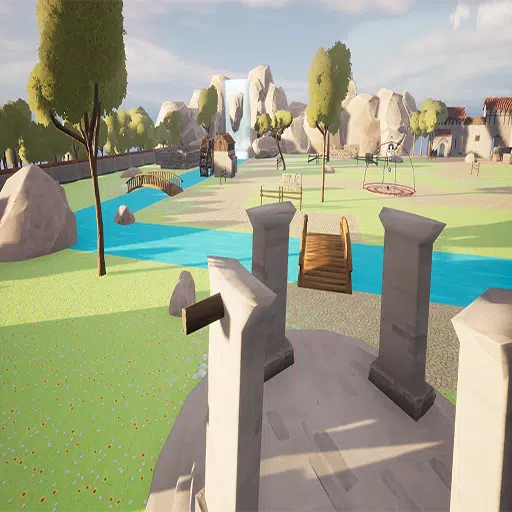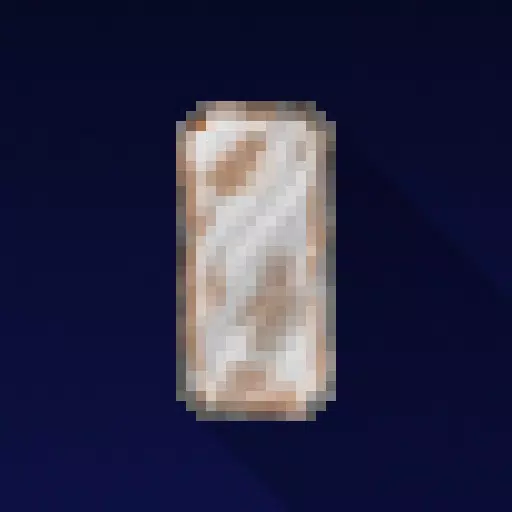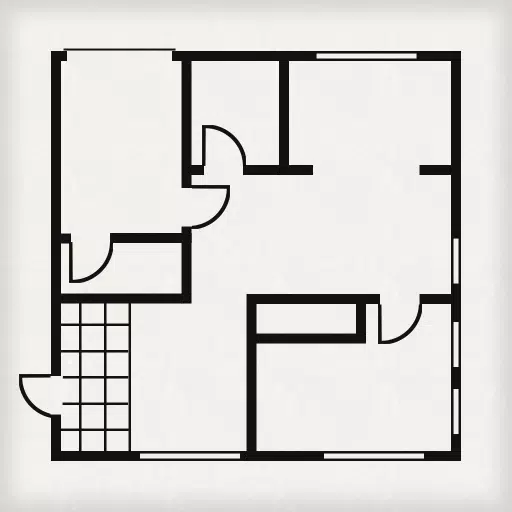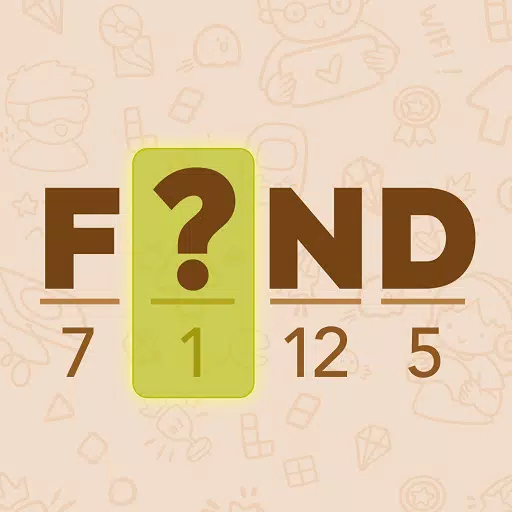"Firebreak: The Year's Weirdest Shooter According to FBC"
Mere hours after first diving into FBC: Firebreak, I found myself face-to-face with a delicious cream cake. But, as the clumsy person I am, a dollop of cream inevitably found its way into my blood orange cocktail, swirling and melting into it. As I watched, my mind was transported back to the Federal Bureau of Control, firing bursts of liquid at the glowing red enemies lurking in its corridors. It's the kind of wild mental leap that a visit to Remedy's headquarters can trigger.
Remedy, known for its diverse range of games from horror to sci-fi and neo-noir detective stories, never shies away from embracing the absurd. Firebreak, their latest venture into first-person and co-op multiplayer action, is a perfect example of this. During my two-hour play session, I unleashed havoc with a murderous garden gnome and battled a towering sticky note behemoth. It's this blend of the weird and whimsical that convinces me Remedy can make a mark in the often too-serious online shooter genre.
FBC: Firebreak - Gameplay Screenshots

 View 16 Images
View 16 Images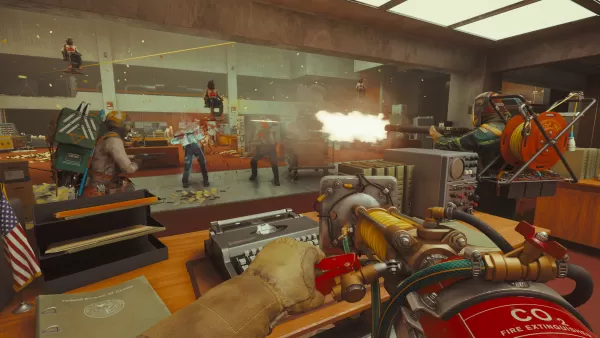
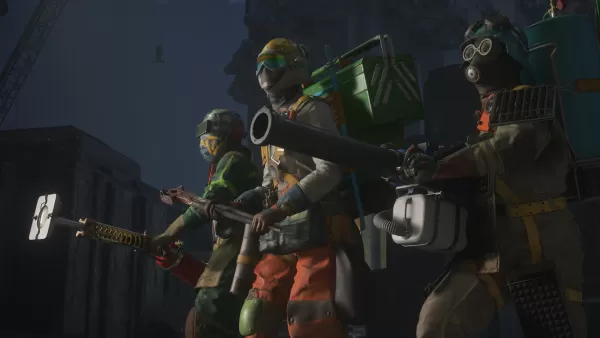

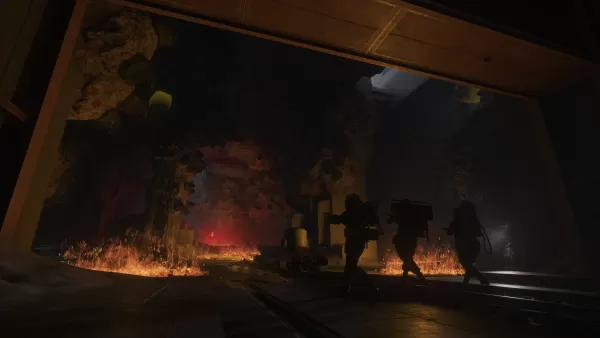
Set six years after the events of Control, Firebreak revisits The Oldest House, a setting familiar to fans of Jesse Faden's story. The iconic brutalist architecture and Finnish folk tunes playing from bathroom speakers create a comforting yet eerie atmosphere. In Firebreak, you and up to two teammates take on the role of modern-day Ghostbusters, equipped with double-barreled shotguns to combat localized outbreaks of the Hiss, Control's inter-dimensional threat. Here, crossing the streams is not just allowed—it's encouraged.
Beyond the standard arsenal of pistols and rifles, Firebreak offers three distinct "kits" that serve as the game's classes, each designed to enhance team play in unique ways. The Fix Kit lets you repair vital machines like ammo stations and healing showers—a quirky feature where FBC employees regain health by getting soaked. The Splash Kit wields a hydro cannon that can heal teammates and drench enemies. Meanwhile, the Jump Kit features an Electro-Kinetic Charge Impactor, capable of stunning foes. When these kits are combined, they unleash devastating effects—like electrocuting a drenched enemy mob.
While Firebreak is fully playable solo, it thrives on teamwork and communication, especially when missions get intense. All missions, or "jobs," follow a similar structure: enter, complete objectives, and return to the elevator. My first task involved fixing heat fans in the building's furnace while fending off waves of enemies. The next mission, "Paper Chase," required destroying thousands of sticky notes scattered around the office, a task complicated by Hiss interruptions and the notes themselves inflicting damage—a literal "death by a thousand paper cuts." These notes could be destroyed by melee attacks, but the game's elemental kits made the process more efficient, showcasing the synergy in multiplayer.
The third mission in Black Rock Quarry tested our teamwork as we shot radioactive leeches from the walls to collect pearls, which we then had to transport safely. This mission underscored the importance of communication, with challenges like radiation exposure, enemy swarms, and instakill astral spikes complicating our progress.
While I appreciate the mission objectives, I have mixed feelings about Firebreak's map design. Control's Oldest House was a labyrinth of shifting corridors and secrets, but Firebreak opts for more straightforward layouts. This makes navigation easier in first-person mode, though it sacrifices some of the original's unpredictable charm. Don't expect the Ashtray Maze's wonder here; instead, you'll find more grounded, linear spaces.
Completing missions unlocks clearance levels, adding new objectives and extending the playtime. The maps expand with additional chambers and more complex foes, including bosses that gate progress. From bullet-sponge enemies to a giant sticky note monster that required teamwork to defeat, these encounters added depth and excitement.
The quirky elements from Control, like monsters made from everyday objects, are a highlight in Firebreak. Randomly spawning corrupted items, such as a rubber duck that could divert enemies or traffic lights that could harm players, add an extra layer of intrigue and challenge.
Firebreak's loadouts and unlockable abilities further showcase Remedy's flair. Completing missions earns tokens to unlock zany tools like the Splash Kit's Teapot, which burns enemies with superheated globules, or the Jump Kit's garden gnome, which summons an electrical storm. While these abilities often lead to fun and chaotic gameplay, the screen can sometimes become too cluttered, impacting readability. This issue, along with navigation and friendly fire concerns, is something the development team is actively addressing before the June 17 launch.
Firebreak will launch with five jobs, with two more planned by the end of 2025. These are more like game modes than missions, offering replayability and depth through evolving objectives and clearance levels. Priced at $39.99 / €39.99 / £32.99, and included in Game Pass and PlayStation Plus, Firebreak offers good value for both Control veterans and new fans seeking a fun shooter.
The online co-op shooter market is competitive, but Firebreak's strong foundation and Remedy's unique personality could carve out a niche. Just like that dollop of cream found its place in my cocktail, which I still enjoyed to the last drop.
Latest Articles





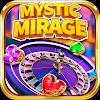






![Roblox Forsaken Characters Tier List [UPDATED] (2025)](https://images.dyk8.com/uploads/18/17380116246797f3e8a8a39.jpg)
